What Is Accounts Receivable?
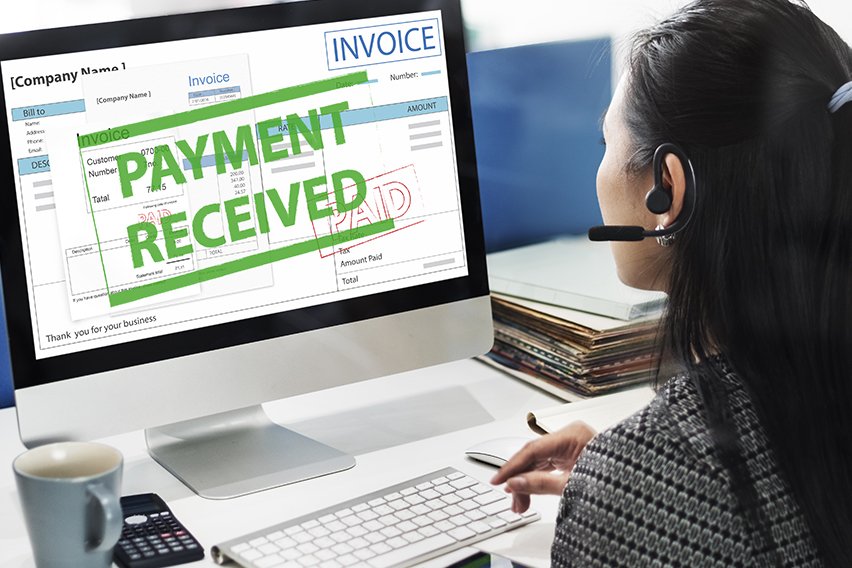
The balance of money due to a business for goods or services provided or used but not yet paid for by customers is known as Accounts Receivable. These are goods and services delivered by a business on credit to their customer with an understanding that payment will come at a later date.
Accounts receivable is the outstanding invoices a company has or money owed by client to the company. The term refers to accounts a business has the right receive because of goods and services delivered.
Receivables represent an extended line of credit from a company to client that require payments due in a relatively short time period, ranging from a few days to a fiscal year.
Most companies allow for a portion of their sales to be on credit. Often, a business offers this credit to frequent or special customers who receive periodic invoices. This allows customers to avoid having to make payments as each transaction occurs. Other business routinely offers all their clients the ability to pay after receiving the service. An electricity company is an example of a company with accounts receivable. They provide electricity to a space and wait for payment from their customers. Unpaid invoices are a part of accounts receivable.
In this article we will we also discuss:
What Kind of Account Is Accounts Receivable?
What Are Accounts Receivable Examples?
What Is the Journal Entry for Accounts Receivable?
NOTE: FreshBooks Support team members are not certified income tax or accounting professionals and cannot provide advice in these areas, outside of supporting questions about FreshBooks. If you need income tax advice please contact an accountant in your area.

What Kind of Account Is Accounts Receivable?
The amount of money owed to a business from their customer for a good or services provided is accounts receivable. Accounts receivable is recorded on your balance sheet as a current asset, implying the account balance is due from the debtor in a year or less.
If takes a receivable longer than a year for the account to be converted into cash, it is recorded as a long-term asset or a notes receivable on the balance sheet. Under the accrual basis of accounting, the account is offset by an allowance for doubtful accounts, since there a possibility that some receivables will never be collected. This allowance is estimate of the total amount of bad debts related to the receivable asset.
What Are Accounts Receivable Examples?
Here is an example of accounts receivable.
Jane wants to buy a $5,000 hot tub but doesn’t have the money at the time of the sale. The hot tub company would invoice her and allow her 30 days to pay off her debt. During that time, the company would record $5,000 in their accounts receivable. When Jane pays it off, the money would go back to the sales amounts or cash flow.
What if Jane doesn’t pay off her hot tub within 30 days? The money would still be owed, and the company would be out the money. That’s why accounts receivable is listed differently than sales.
For unpaid accounts receivable, the next step would be either to contact the customer or contracting a collection agency to do so.

What Is the Journal Entry for Accounts Receivable?
With the accrual accounting, you record a transaction whether cash has been received or not. This the system in which you record an account receivable. When a sale of services is made to a customer, you use your accounting software to create an invoice that automatically creates an entry to credit the sales account and debit the accounts receivable account.
After the customer pays the invoice, the cash account would be debited and the accounts receivable account would be credited.
RELATED ARTICLES
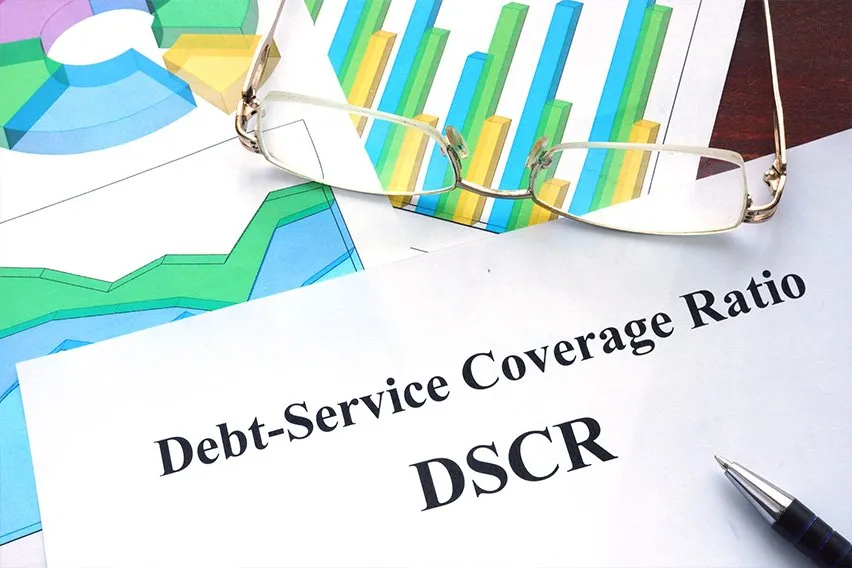 What Is DSCR? It’s Debt Service Coverage Ratio
What Is DSCR? It’s Debt Service Coverage Ratio What is a Cash Flow Statement? Definition and Importance
What is a Cash Flow Statement? Definition and Importance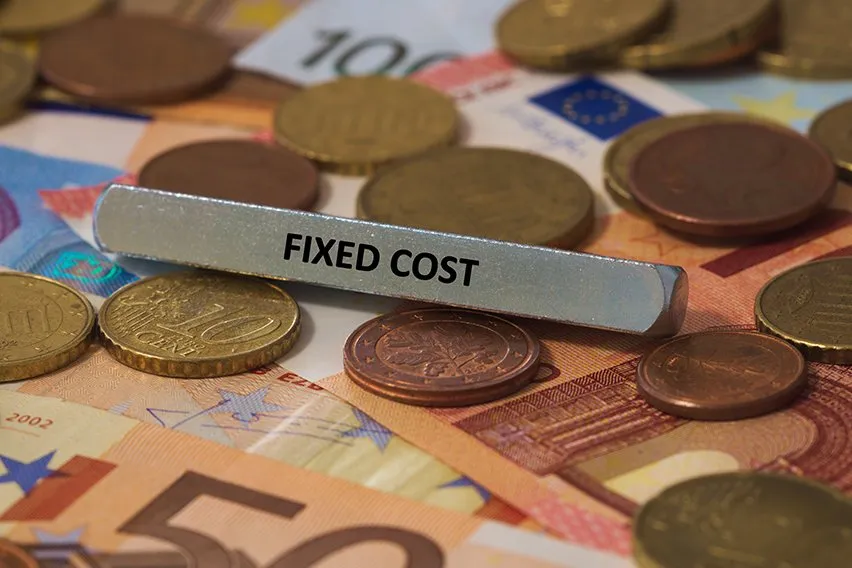 What Is a Fixed Cost? A Simple Definition for Small Businesses
What Is a Fixed Cost? A Simple Definition for Small Businesses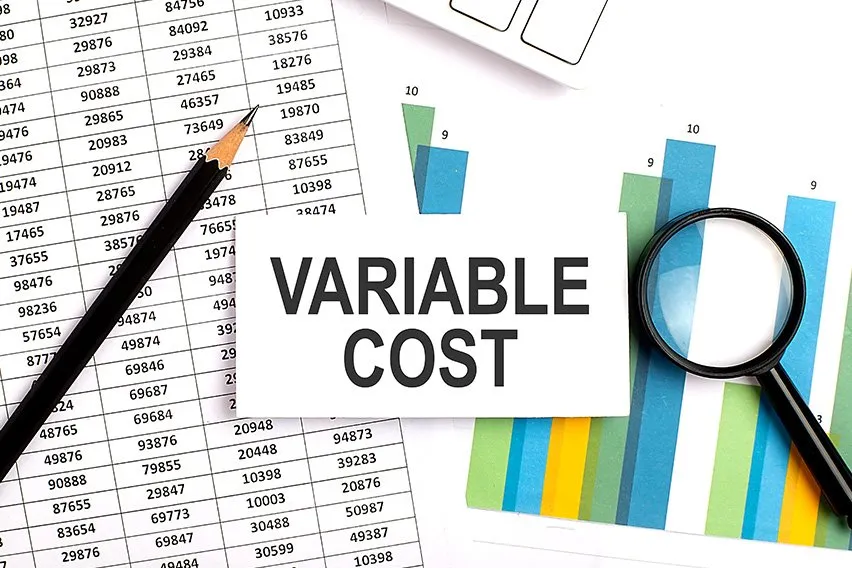 What Is a Variable Cost? A Simple Definition for Small Businesses
What Is a Variable Cost? A Simple Definition for Small Businesses What Is Cost Accounting? It’s Cost Control
What Is Cost Accounting? It’s Cost Control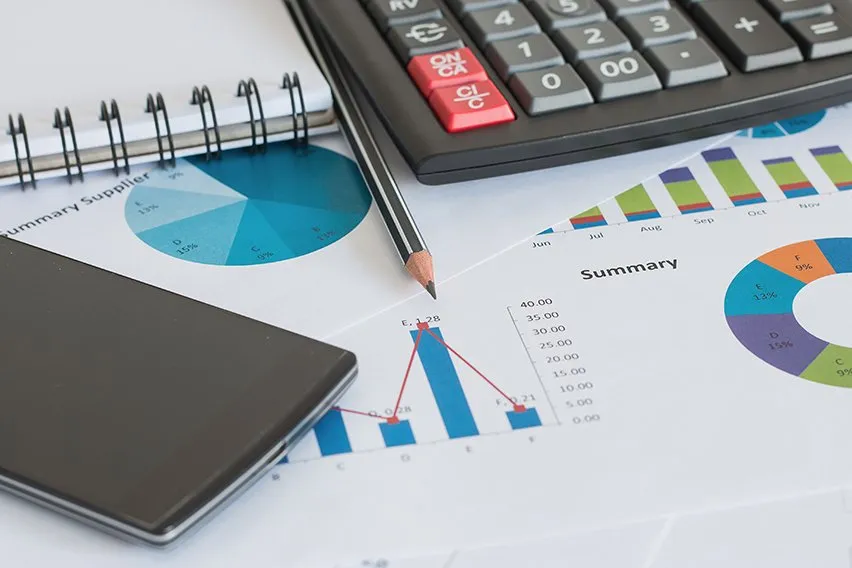 Financial Accounting: Meaning, Principles, and Importance
Financial Accounting: Meaning, Principles, and Importance